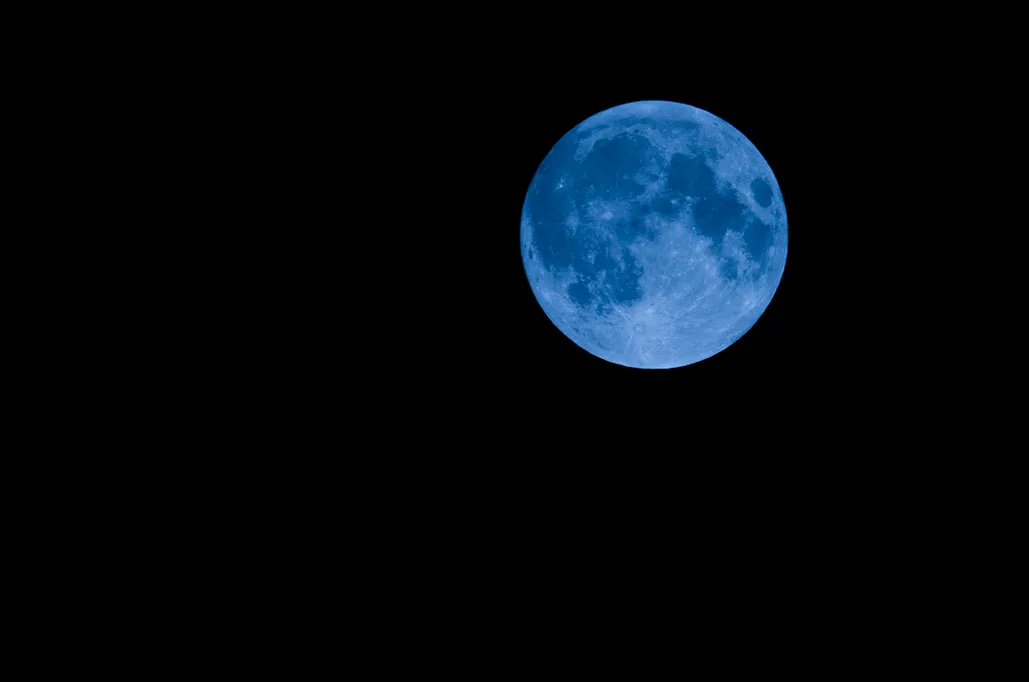
Researchers have uncovered a significant underground cave on the moon, accessible from the surface, which may prove pivotal for future lunar explorations and habitation.
This discovery, reported in the journal Nature Astronomy, was enabled by analyzing radar data from NASA’s Lunar Reconnaissance Orbiter (LRO). Situated in the Mare Tranquillitatis, also known as the Sea of Tranquility—a historic site where Apollo 11 astronauts first landed—the cave measures 45 meters wide and extends up to 80 meters in length, roughly the area of 14 tennis courts, and is located about 150 meters beneath the surface.
The cave is thought to be an empty lava tube, a type of structure that could offer substantial protection from the harsh lunar environment, according to Lorenzo Bruzzone from the University of Trento in Italy. Such natural formations could shield humans from cosmic rays, solar radiation, and micrometeorites, with the added benefit of maintaining a relatively stable temperature inside, making them ideal for human habitation.
Lava Tubes as Lunar Habitats
Lunar orbiters have identified over 200 pits on the moon’s surface over the past decade, many of which are believed to be “skylights” leading to these underground lava tubes. These tubes are formed through volcanic processes and could serve not only as shelters but also as new venues for studying the moon’s geological and volcanic history.
Further details from the LRO’s images reveal that the Mare Tranquillitatis pit, the deepest known on the moon, has vertical or overhanging walls and is strewn with boulders up to 10 meters in diameter at the bottom.
Initial observations were unclear if the pit was enclosed or connected to further underground structures. However, through subsequent LRO data analysis and computer simulations, researchers have confirmed that this 100-meter-wide pit leads to a sloping floor, extending westwards for tens of meters into a cave.
The study highlights the potential of the caves to hold water ice, a critical resource for long-term lunar missions and eventual colonization. Leonardo Carrer, the study’s lead author, notes that these caves could fundamentally simplify the construction of human bases on the moon by providing significant structural components naturally.
Preparing for Lunar Colonization
As space agencies prepare for humans to return to the moon, there is a growing focus on how to assess and possibly reinforce the structural stability of these caves. Future habitats might require monitoring systems to detect movement or seismic activity and may need designated safe areas for astronauts in case of partial cave collapses.
Katherine Joy, a professor in earth sciences at the University of Manchester, emphasized that lunar cave systems could be ideal for crewed bases due to their protective rock ceilings, which shield from the moon’s extreme temperature variations and high-energy radiation. However, there is still limited knowledge about the underground structures beneath these pit entrances.
Accessing these caves poses substantial challenges, as outlined by Robert Wagner of Arizona State University. Entering the cave involves descending a steep slope filled with loose debris, posing risks of avalanches that could endanger anyone below. Wagner stresses that significant infrastructure development would be essential for safe and effective access to these potential lunar bases.
Featured Image courtesy of PhotoAlto/Frederic Cirou via Getty Images
Follow us for more space exploration news.
